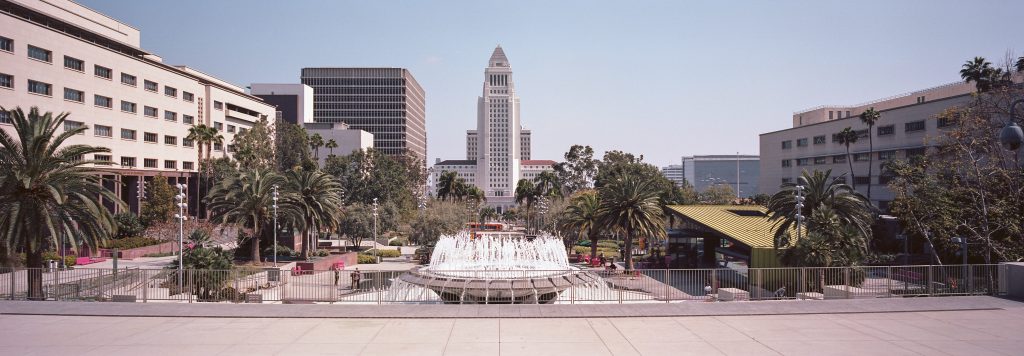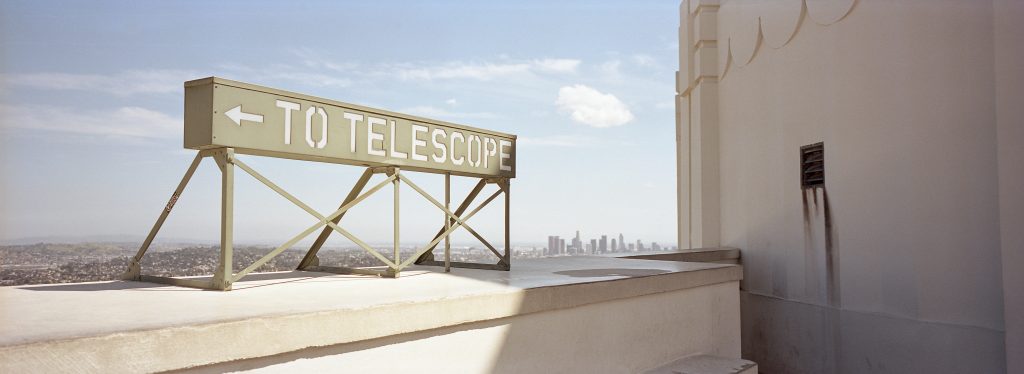XPAN – A NEW OLD TOY WITH A VERY DIFFERENT PERSPECTIVE

From my last few posts, it has become clear that I have really been enjoying the journey rediscovering of film. This came about from being given my Grandfather’s old Canon camera. I really wanted to use it, and after running a few rolls of black and white film through it, I remembered how much I like the look it creates.



At the same time I started scanning my Dad’s amazing medium format negatives shot on the fantastic Fuji GA645. The incredibly sharp Fuji lens coupled with this much larger negatives really blew me away quality wise.
So I started thinking about purchasing a more dedicated film camera to pair with my digital Leica’s. The natural choice seemed to be a Leica M6 – heralded by many as the best analog film Leica made. I tested a friends at work with one of my favorite lenses, the 35mm Summilux f/1.4.


The increase in quality and sharpness over the 40 year old Canon was of course a big step up. But I didn’t feel like this was offering me something different enough to what I already was achieving digitally.
I felt like if I was going to bother to shoot film, I wanted to achieve something totally different to what I was able to create digitally. I remembered coming across some panoramic images shot on film. After researching this a lot more, I found there were a few options that offered this natively ie. not requiring stitching or using an attachment that masked off a negative.


The Xpan was introduced by Hasselblad at Photokina in Germany in 1998. A joint venture between Fuji and Hasselblad, Fuji developed the camera which was sold as the TX-1 in Japan, and the rest of the world rebadged as the Xpan. I loved the look of the Fuji version, and after keeping an eye out for a mint copy I finally discovered one on eBay in Japan and snapped it up.
It’s a really beautiful camera, made to the same level as the Leica analog cameras. A rangefinder viewfinder, manual focus lenses that are incredibly sharp and many automatic features like auto rewind, TTL metering and aperture priority mode – its a really great camera to shoot with.

I will put together a much more in-depth and detailed review after I have had more time to shoot with and become more experienced with this camera, but what really stands out is how different the aspect ratio is. When you look through the viewfinder, you see a very wide, cinematic like frame lines that give you a totally different viewpoint on the world.



Many subjects become instantly movie-still like images, and often compositions that would work perfectly in the standard photo ratio no longer work. It is defiantly a camera that will take time to master.
But for now, I am thrilled with my purchase and can see this is a camera that will come with me everywhere. I can’t wait to shoot with it more, look for images that fit within its unique framing and to experiment with more types of film.




So expect more wide aspect ratio moving forward and a lot more about film and comparisons between different types as I experiment with them moving forward. I also intend to write more about my developing process as I have decided to develop both the black and white and color C-41 and soon E-6 slide film at home. All the images in this article have been home developed and scanned. It’s a process I am really enjoying.











Mostbet Canli Casino – Buyuk Oduller Sizi Bekliyor
Mostbet Casino, en populer casino oyunlari ve yuksek oranli bahis seceneklerini sunar. Guvenli ve eglenceli bir bahis deneyimi icin hemen kayit olun.
Mostbet Casino Turkiye’de Sunulanlar
Populer Slot Makineleri – En iyi saglayicilardan NetEnt, Microgaming, Pragmatic Play, Play’n GO gibi devlerin sundugu klasik slotlar
Mostbet’te Canli Rulet ve Blackjack – Gercek zamanli oyun deneyimi
Klasik Casino Deneyimi – En sevilen yuksek oranli bahis secenekleri
Mostbet Bahis ve Casino Bonusu – Yatirim bonuslari, bedava dondurme firsatlari, sadakat programlari ve cok daha fazlasi
Mostbet Casino’ya Uye Olma
1- Hemen Kayit Olun – Basit ve hizli kayit sureciyle hemen giris yapin
2- Hos Geldin Bonusu Kazanin – Ilk yatirimla oyun keyfini artirin
3- Buyuk Odulleri Hedefleyin – En iyi casino ve bahis oyunlarinda buyuk kazanc firsatlarini degerlendirin
4- Hizli ve Guvenilir Odeme Yontemleriyle Cekim Yapin – Bankalar, kripto para, e-cuzdanlar ile aninda islem yapin
Mostbet’i Tercih Etme Nedenleri
Lisansli ve Guvenilir – Mostbet, hizli odemelerle guvenli bir hizmet sunar
Buyuk Bonuslar ve Promosyonlar – Yeni ve mevcut kullanicilar icin duzenli promosyonlar
Mostbet Mobil Casino – Android ve iOS uyumlu uygulama ile her zaman, her yerden oyun oynayin
Profesyonel Musteri Hizmetleri – Sorularinizi yanitlayan, kazanc cekimlerinde yardimci olan uzman ekip
Hemen Katilin – Mostbet Turkiye’de Kazanmaya Baslayin
Mostbet mobil
ve en iyi oyunlarla eglencenin tadini cikarin
Mostbet Canli Casino – Kazanmaya Baslayin
Mostbet Slot ve Casino Oyunlari, en populer canli krupiyeli oyunlari ve guvenilir bir oyun platformunu sunar. Turkiye’de en cok tercih edilen online casino icin hemen kayit olun.
Mostbet Casino Turkiye’de Sunulanlar
Jackpot Slotlar – En iyi saglayicilardan NetEnt, Microgaming, Pragmatic Play, Play’n GO gibi devlerin sundugu klasik slotlar
Canli Casino – Canli rulet, blackjack, baccarat ve poker
Masa Oyunlari – En sevilen rulet, bakara, poker ve blackjack
Mostbet Bahis ve Casino Bonusu – Yatirim bonuslari, bedava dondurme firsatlari, sadakat programlari ve cok daha fazlasi
Mostbet Casino’ya Uye Olma
1- Hemen Kayit Olun – Basit ve hizli kayit sureciyle hemen giris yapin
2- Hos Geldin Bonusu Kazanin – Ilk yatirimla ekstra bakiyenizi alin
3- Slot veya Canli Casino Oynayin – En iyi casino ve bahis oyunlarinda buyuk kazanc firsatlarini degerlendirin
4- Kazancinizi Hemen Cekin – Bankalar, kripto para, e-cuzdanlar ile aninda islem yapin
Mostbet Turkiye’nin Farki
Lisansli ve Guvenilir – Mostbet, lisansli bir casino platformudur
Mostbet’te Kazanmanin Keyfi – Yeni ve mevcut kullanicilar icin yuksek oranli bonuslar
Mostbet Mobil Casino – Android ve iOS uyumlu uygulama ile her zaman, her yerden oyun oynayin
7/24 Canli Destek – Sorularinizi yanitlayan, kazanc cekimlerinde yardimci olan uzman ekip
Hemen Katilin – Mostbet Turkiye’de Kazanmaya Baslayin
Mostbet
ve buyuk odulleri kazanin